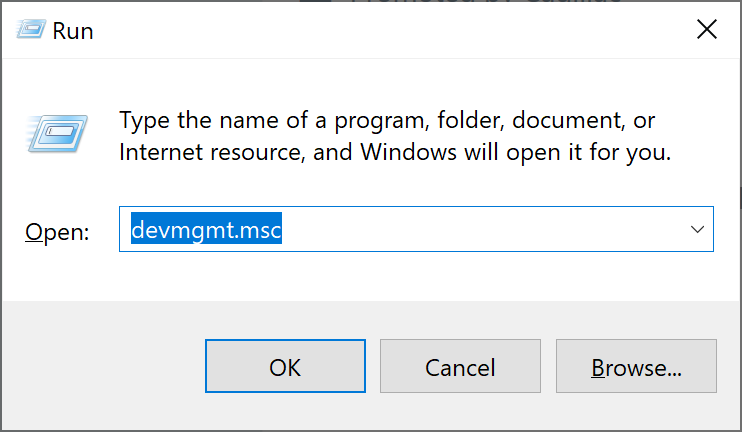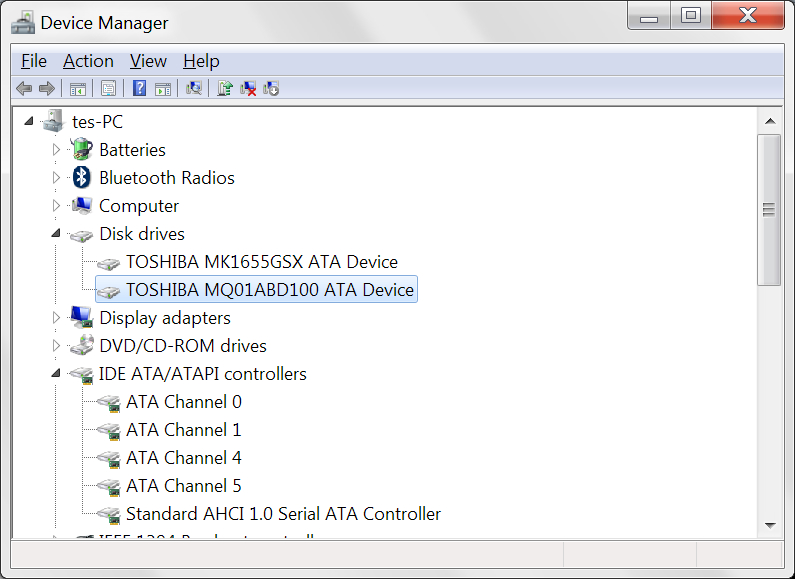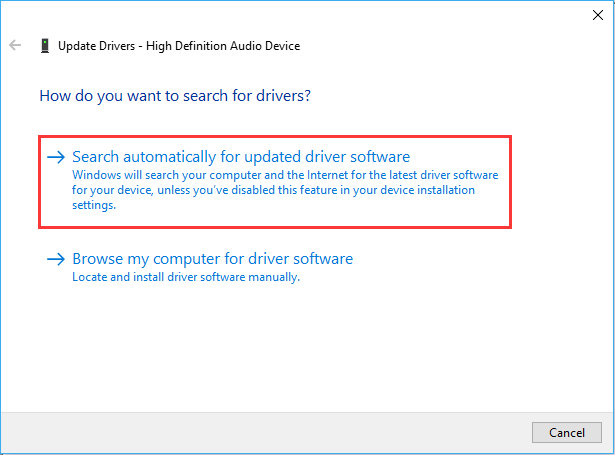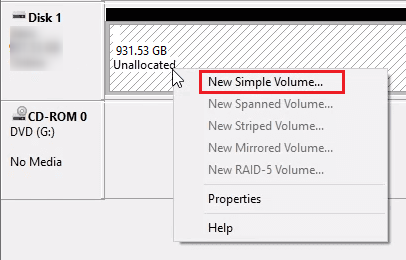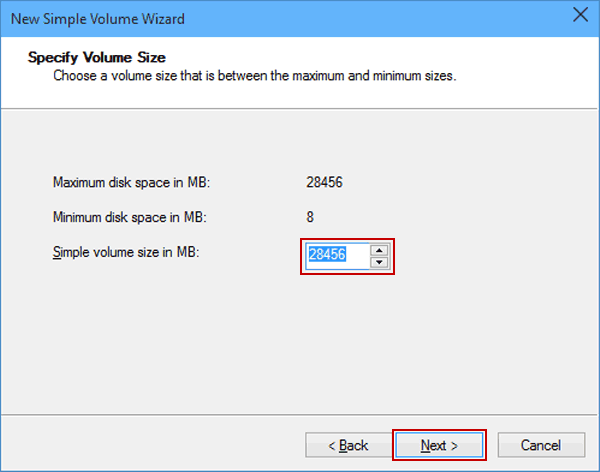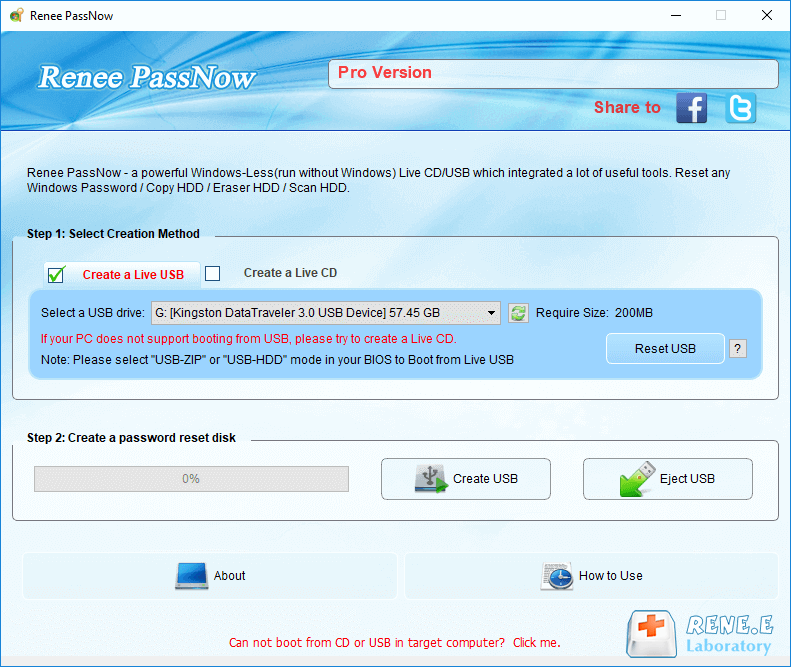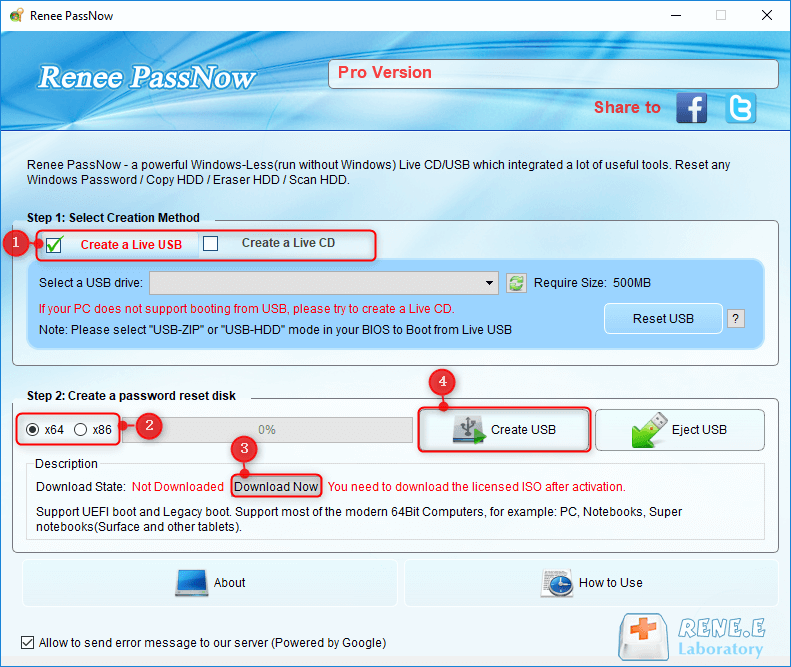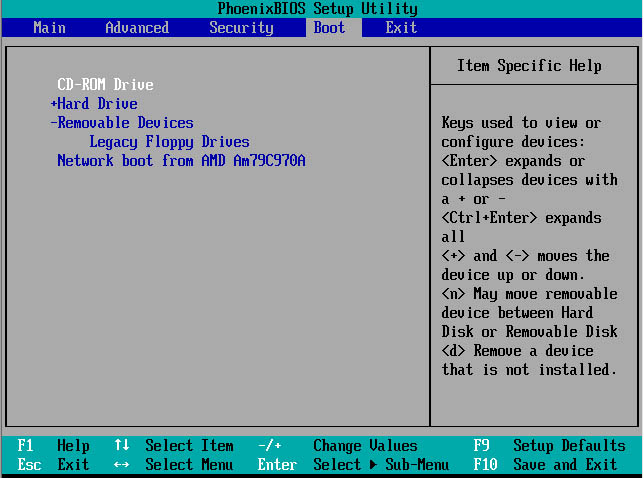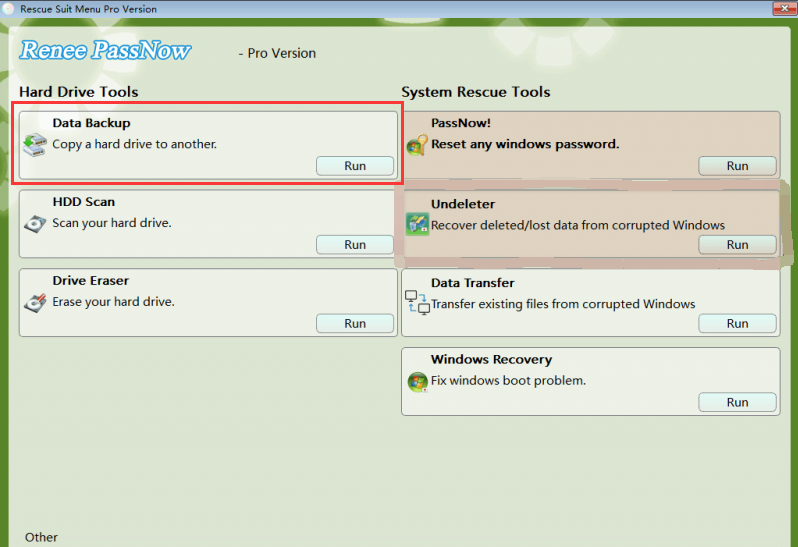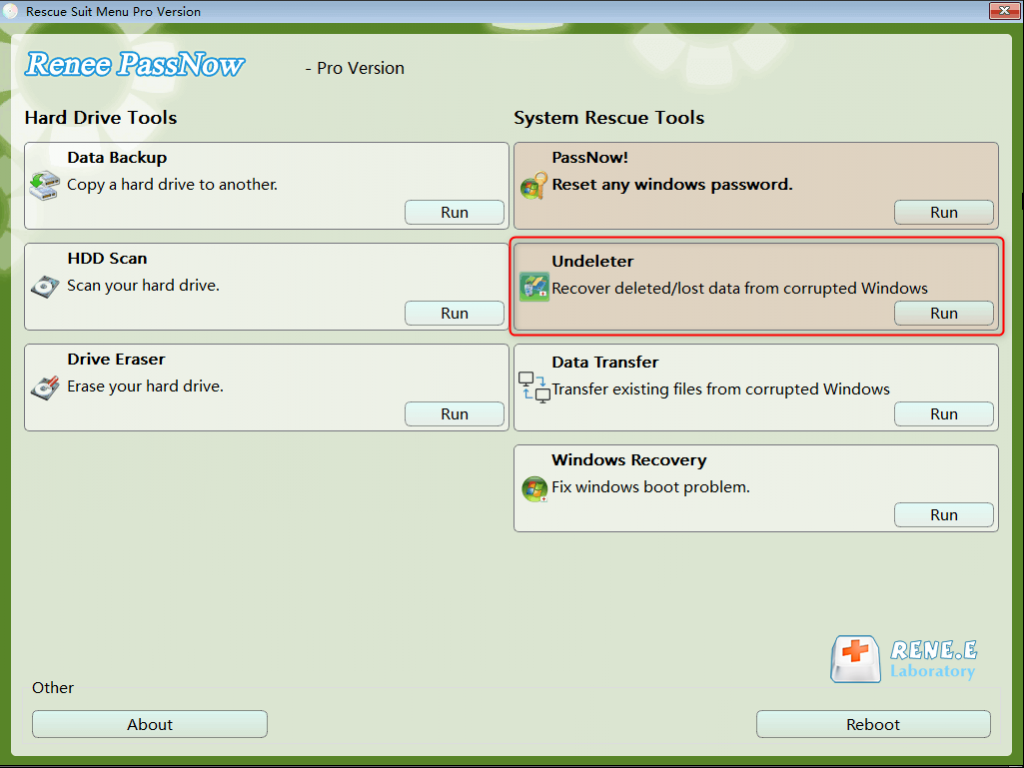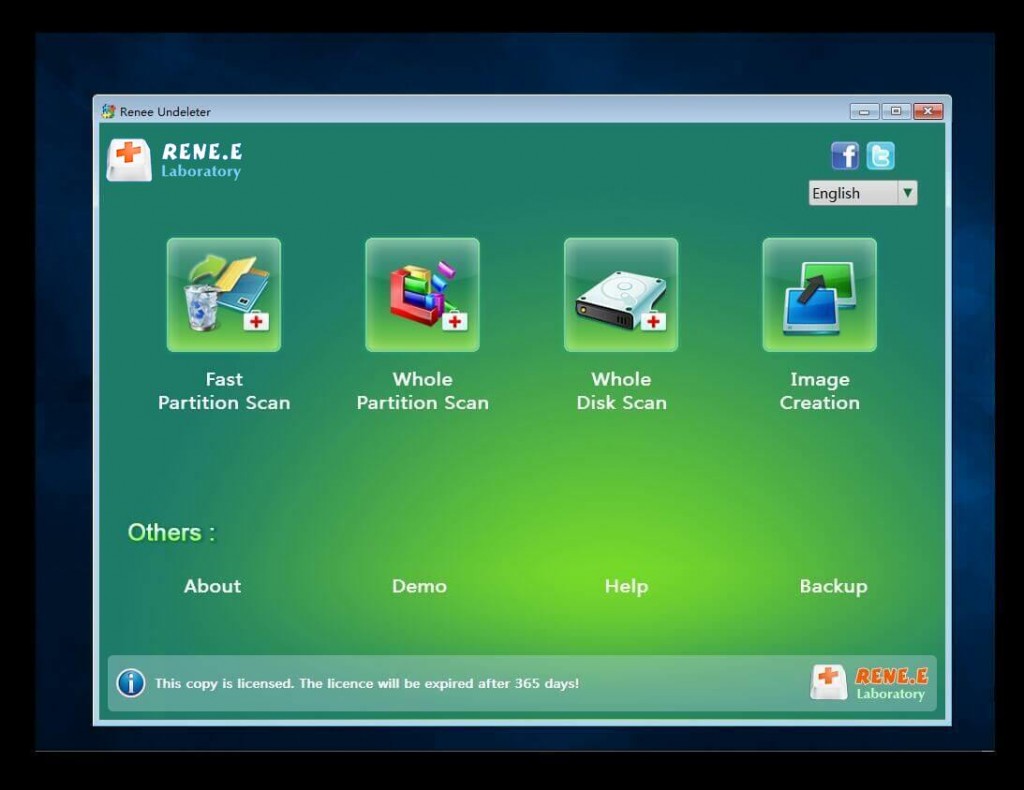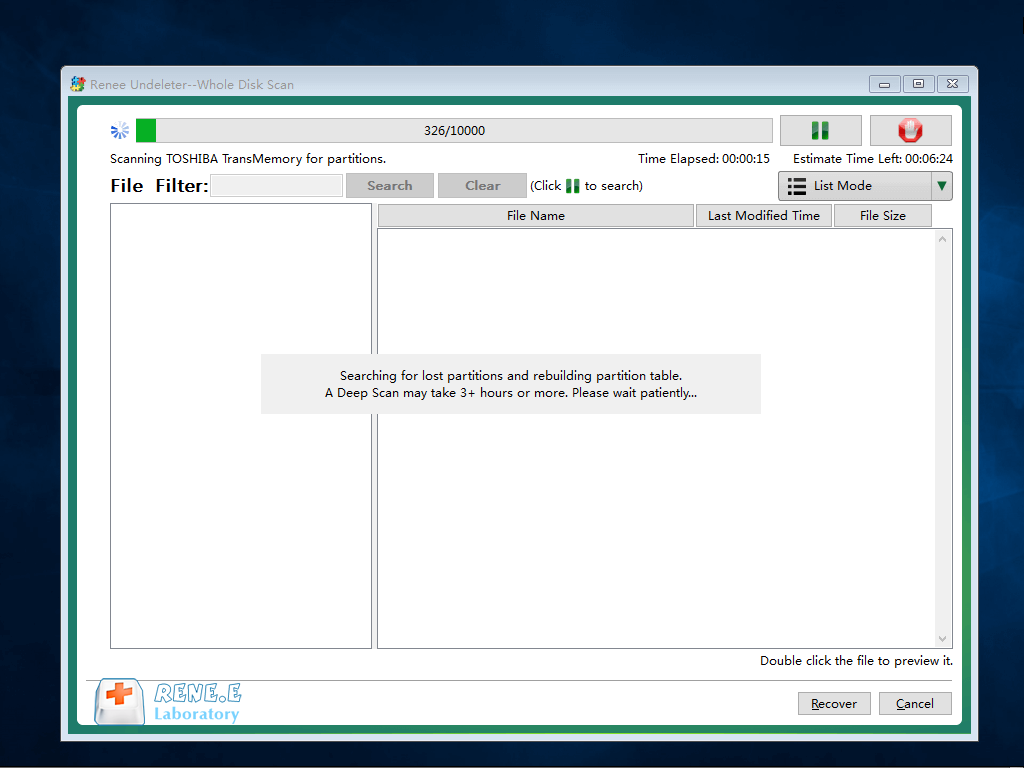Fix Hard drive Not Detected in BIOS
- Home
- Support
- Tips System Rescue
- Fix Hard drive Not Detected in BIOS
Summary
Learn how to troubleshoot and resolve the issue "hard drive not detected in bios". Explore possible causes and advanced solutions.
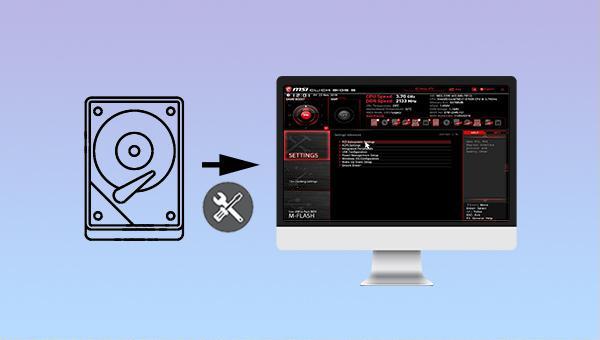
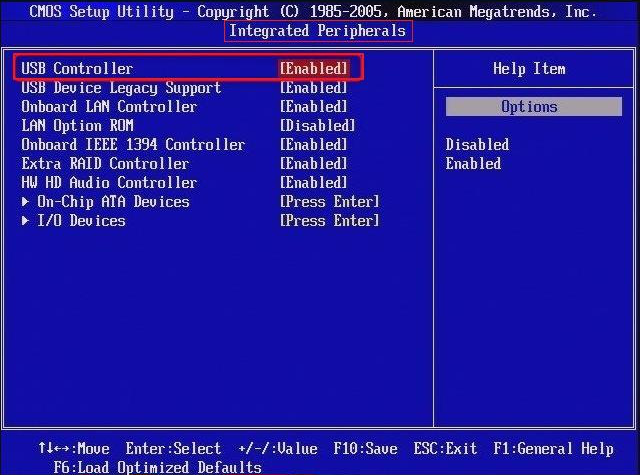
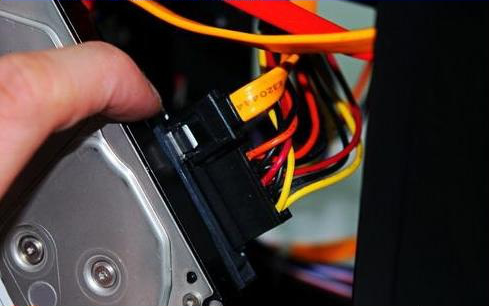
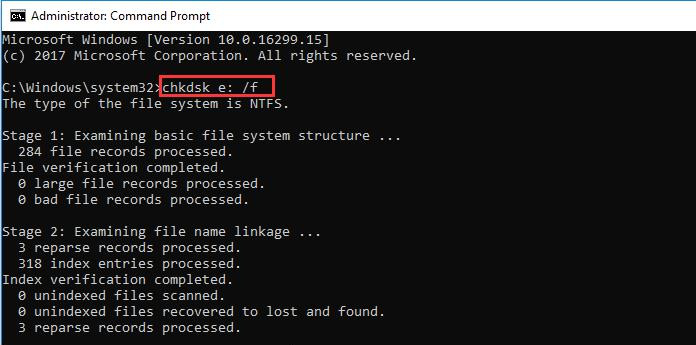

Easy to use 3 steps to transfer the files.
Transfer the files Transfer the important files of the computer without system.
Preview the files Preview the files while transferring the data.
Multifuctional Data recovery, Windows password reset, bootable problem recovery can be run without system.
Highly compatible Windows 10/8.1/8/7/XP/Vista. Also supports UEFI boot mode.
Easy to use 3 steps to transfer the files.
Transfer the files Transfer the important files of the computer without system.
Preview the files Preview the files while transferring the data.
Free TrialFree TrialNow 2000 people have downloaded!① Create a live USB or CD
Note: Before performing this operation, please make sure that the important files in the USB flash drive have been saved in other locations because the operation process will delete all the data in the U disk.
③ Recover data from hard disk
Relate Links :
How to solve the Windows prompt file system error (-805305975)?
28-02-2024
John Weaver : Sometimes, you may encounter a file system error (-805305975) when trying to open an image file with the...
How to fix file system error 2147219196 without harming data?
12-01-2024
Amanda J. Brook : Some users have encountered a file system error 2147219196 when using a Windows computer, how to solve this...
Quick Tips to Fix Error "Operating System Not Found"
08-04-2024
Jennifer Thatcher : Discover the underlying causes and standard solutions for the "Operating System Not Found" error on Windows PCs. We'll...
Easy Guide to Fix The Error "Stop Code: BAD SYSTEM CONFIG INFO" on Windows 10
13-07-2023
Amanda J. Brook : Resolve the blue screen error "Stop Code: BAD SYSTEM CONFIG INFO" on Windows 10 with easy repair methods...
- I. What are the reasons why the BIOS cannot recognize the hard disk?
- II. How to fix the problem that the BIOS cannot detect the hard disk?
- 1. Enable hard drive in BIOS
- 2. Check the connection between the hard disk data cable and the power cable
- 3. Update the driver of the hard disk
- 4. Run the CHKDSK command to check and repair the faulty hard disk
- 5. Initialize the hard disk and create a new simple volume
- III. How to transfer or restore hard disk data?
- 1. What is Renee Passnow?
- 2. How to transfer or restore data using Renee Passnow



